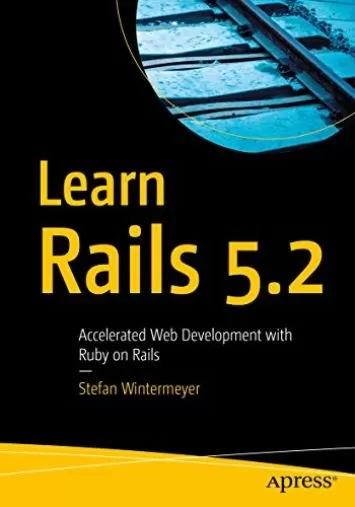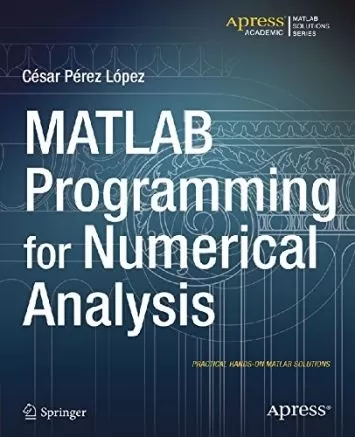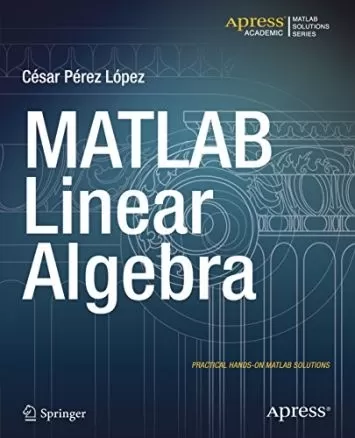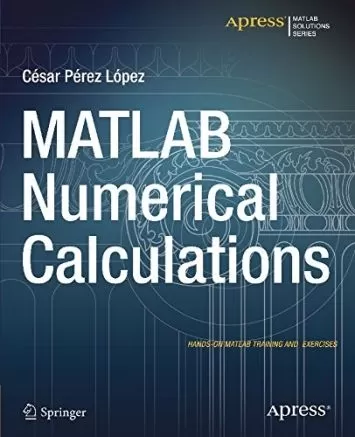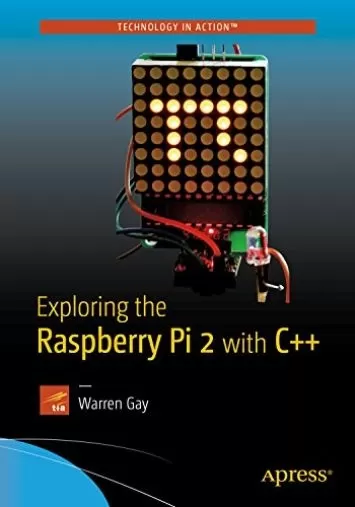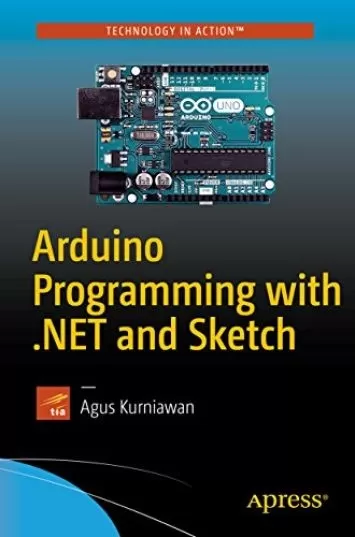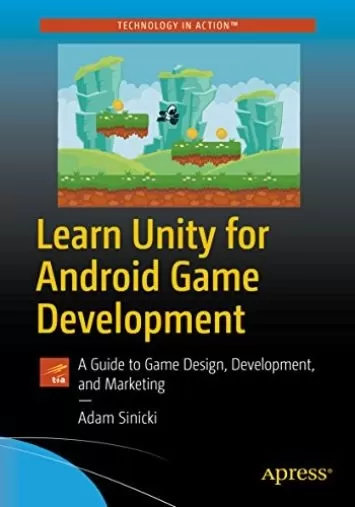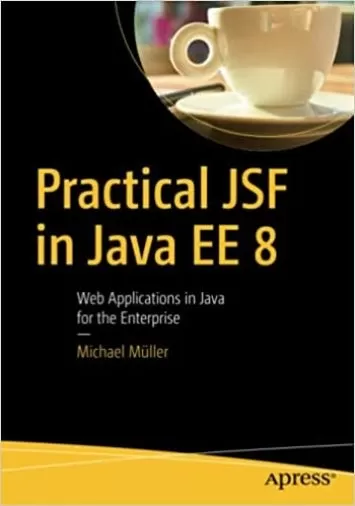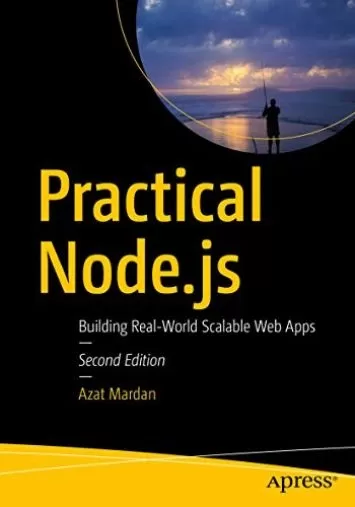
Ruby Data Processing: Using Map, Reduce, and Select
Category
0 View
'
From the Back Cover
Gain the basics of Rubys map, reduce, and select functions and discover how to use them to solve data-processing problems. This compact hands-on book explains how you can encode certain complex programs in 10 lines of Ruby code, an astonishingly small number. You will walk through problems and solutions which are effective because they use map, reduce, and select. As you read Ruby Data Processing, type in the code, run the code, and ponder the results. Tweak the code to test the code and see how the results change.
After reading this book, you will have a deeper understanding of how to break data-processing problems into processing stages, each of which is understandable, debuggable, and composable, and how to combine the stages to solve your data-processing problem. As a result, your Ruby coding will become more efficient and your programs will be more elegant and robust.
You will:
After reading this book, you will have a deeper understanding of how to break data-processing problems into processing stages, each of which is understandable, debuggable, and composable, and how to combine the stages to solve your data-processing problem. As a result, your Ruby coding will become more efficient and your programs will be more elegant and robust.
You will:
- Discover Ruby data processing and how to do it using the map, reduce, and select functions
- Develop complex solutions including debugging, randomizing, sorting, grouping, and more
- Reverse engineer complex data-processing solutions
About the Author
Jay Godse is an active software and web applications developer, with expertise in Ruby, Rails, PostgreSQL, Sidekiq, Slim, jQuery, and Ansible. He also is active on Stack Overflow as an active contributor. He graduated with an engineering degree, and then went to work as a digital circuit designer. After a year of that he switched to software development and has been there ever since in some form. His early work was mostly real-time telecommunication device control and provisioning using languages such as C and Protel. He then transitioned into designing distributed computing systems, using languages such as C++ and CORBA IDL. After that, transitioned into web applications. Along the way he did stints as a software development manager and a software architect. But for the last 7 years, he has written web applications. --This text refers to the paperback edition.
Similar Books
Other Authors' Books
Other Publishing Books
User Reviews
Rating
average 0







